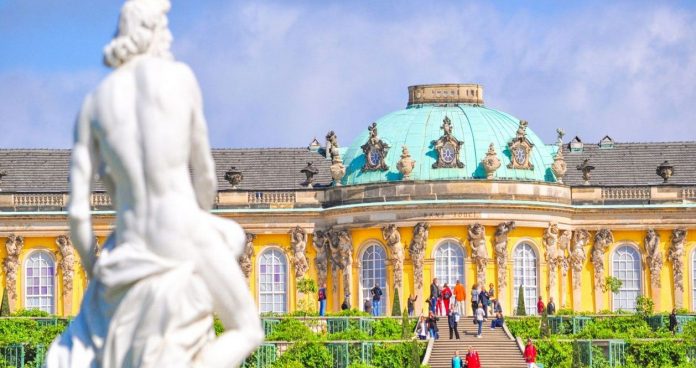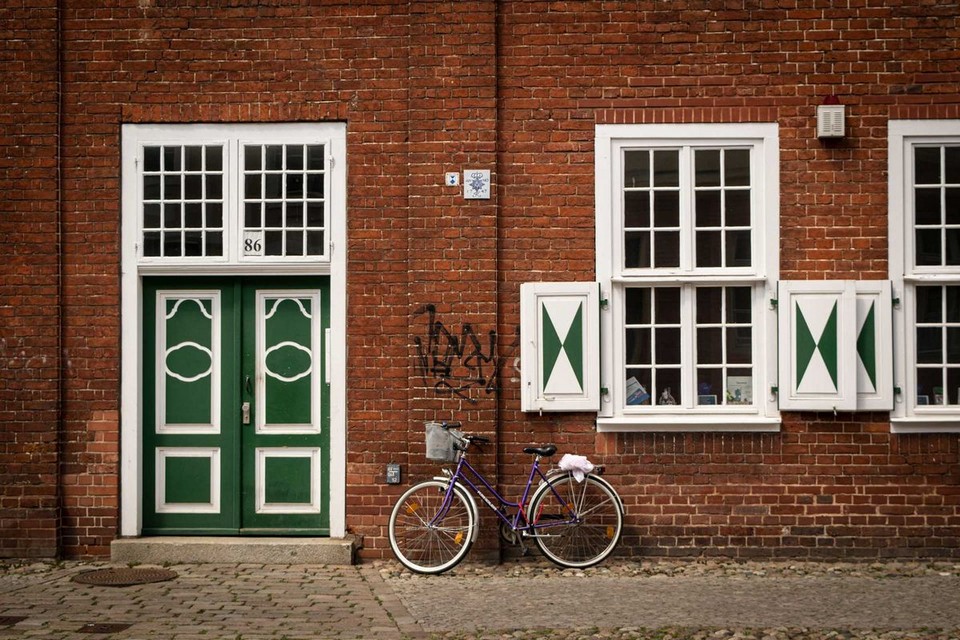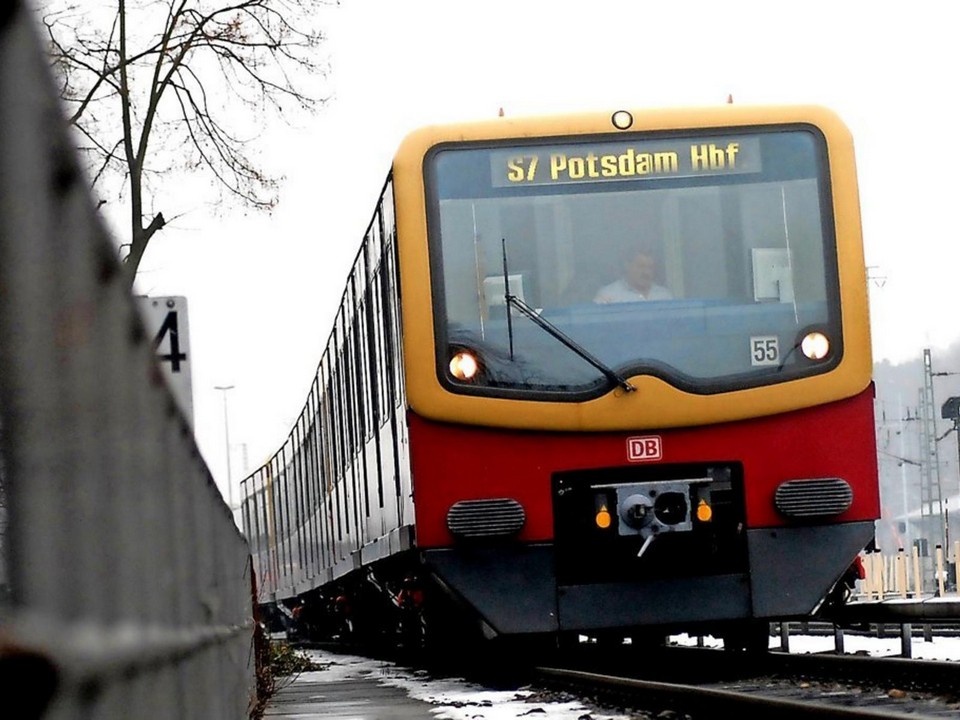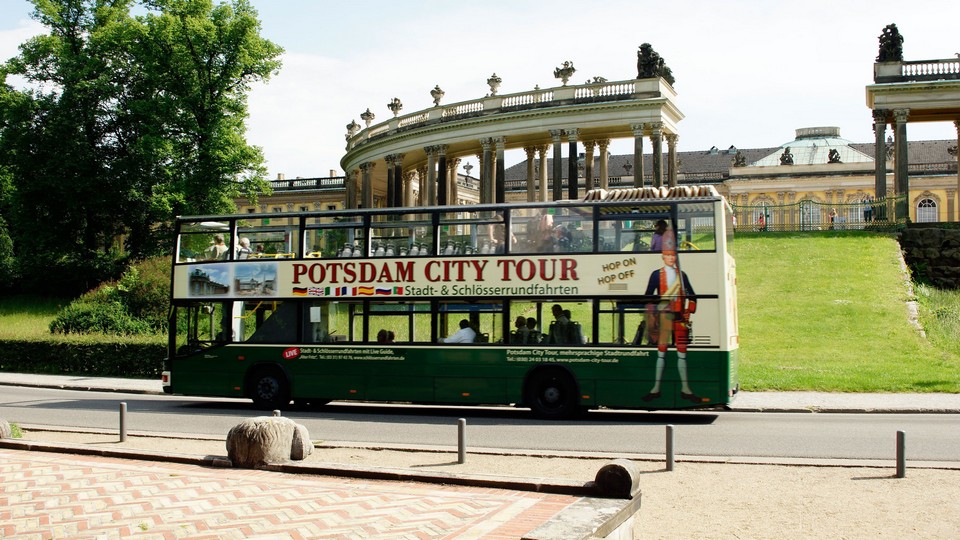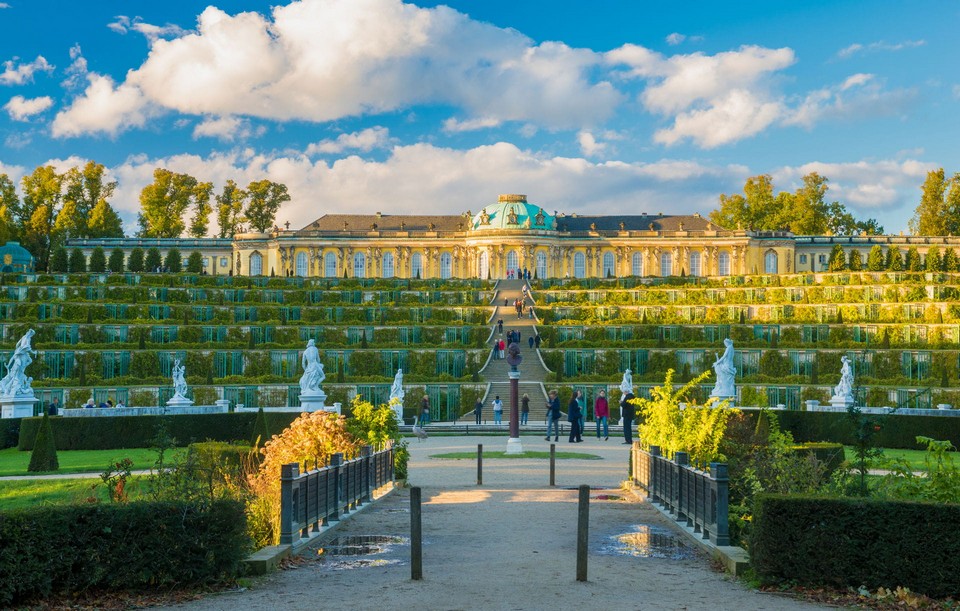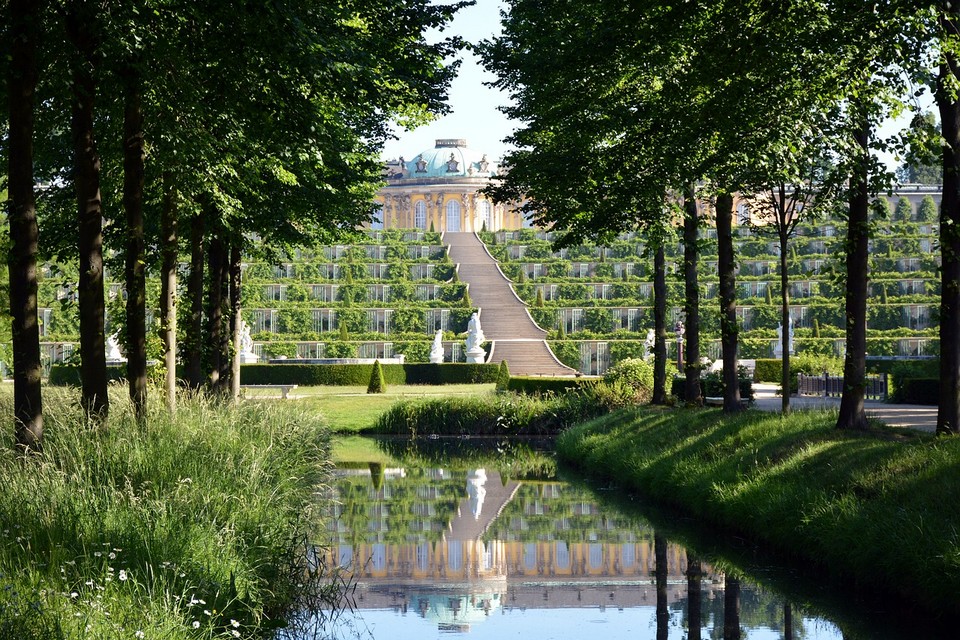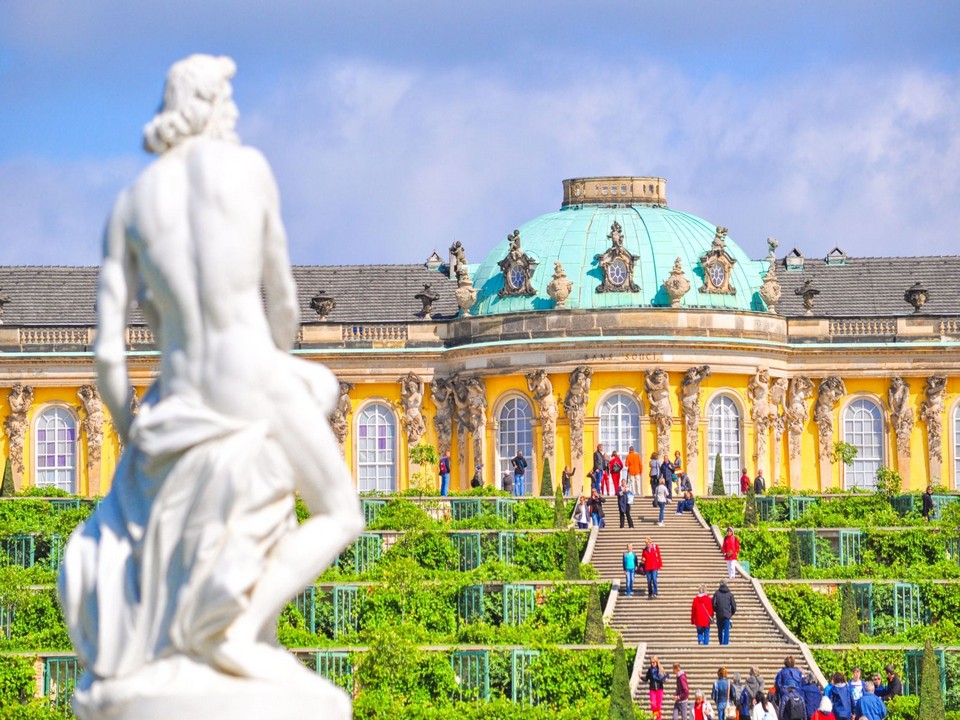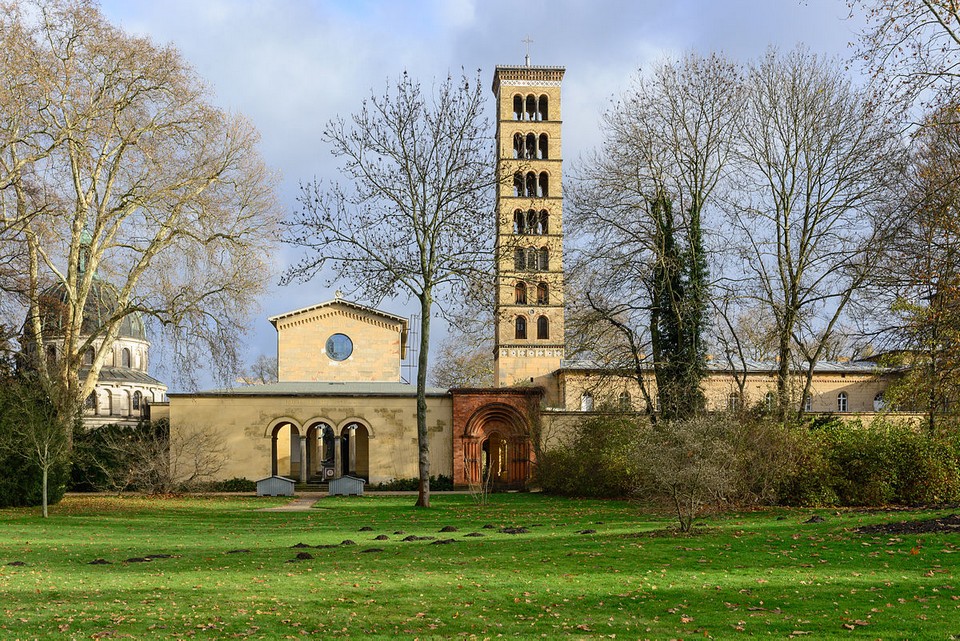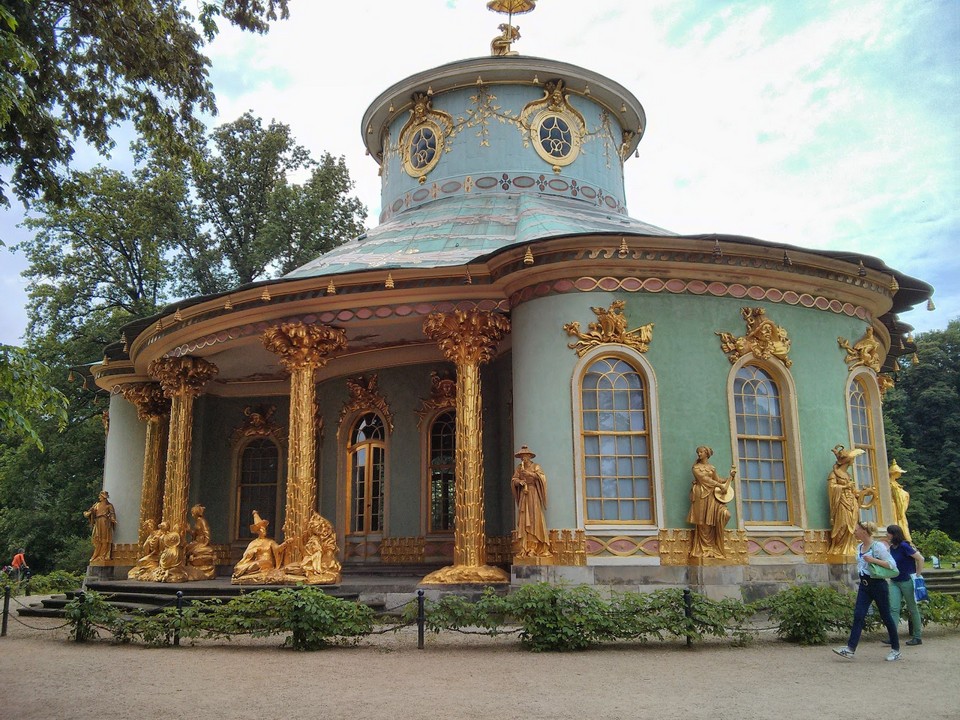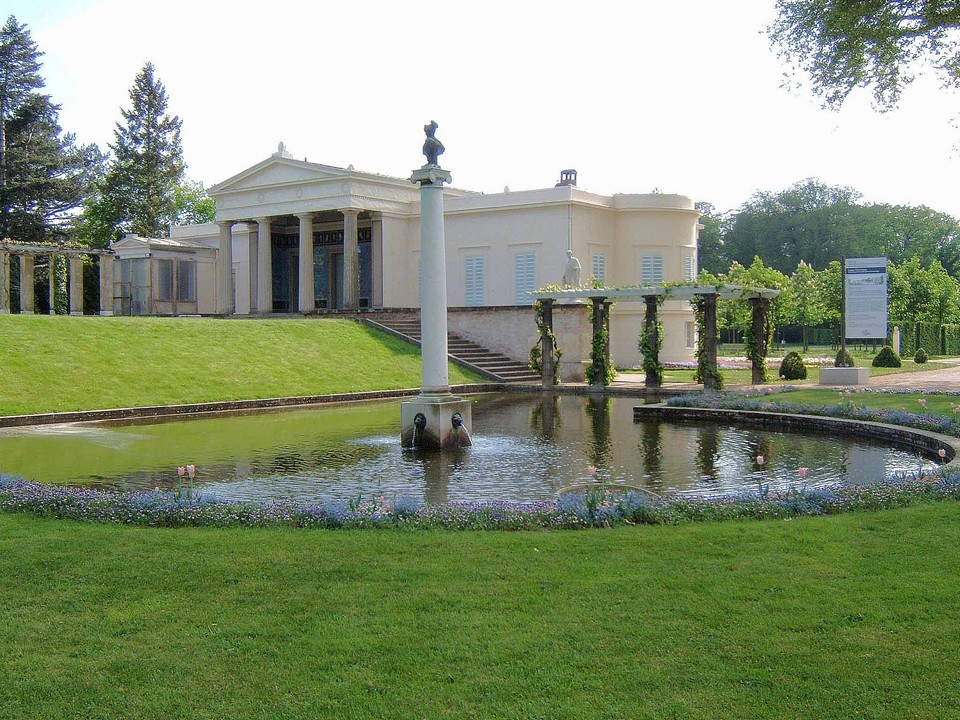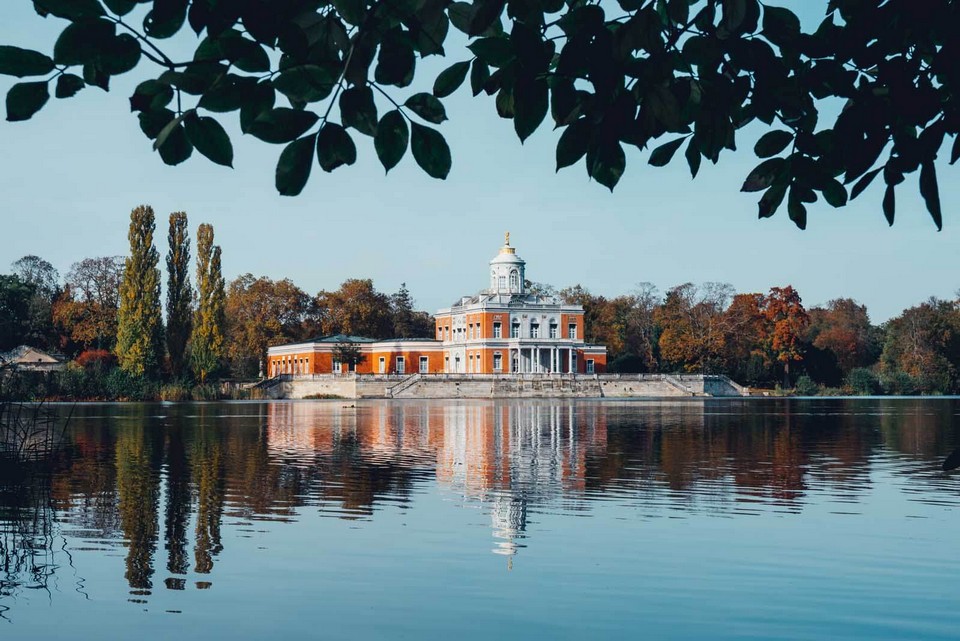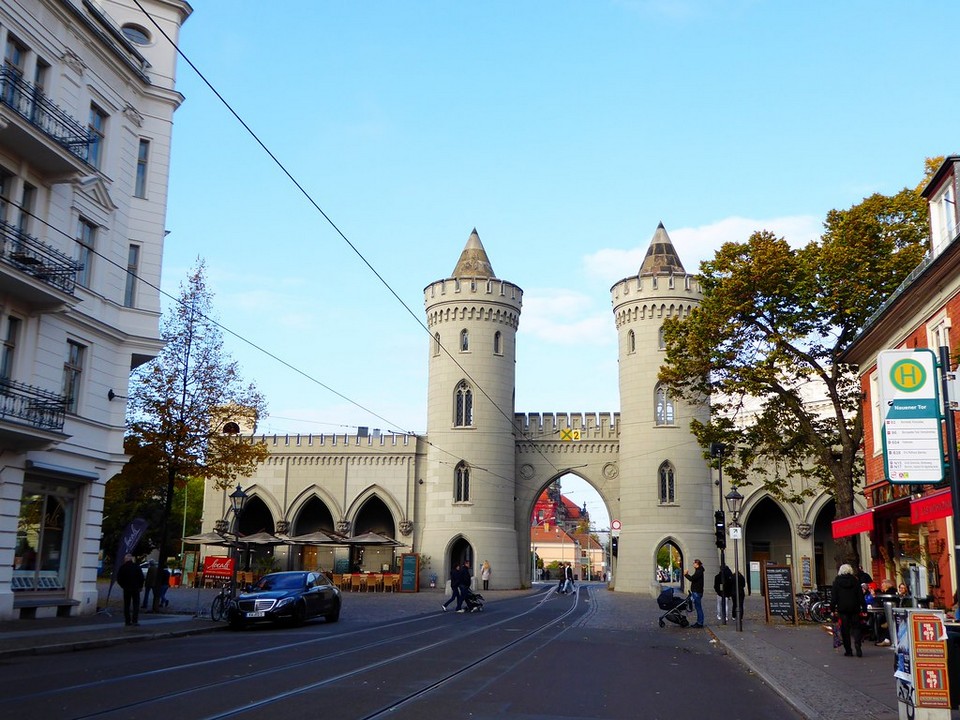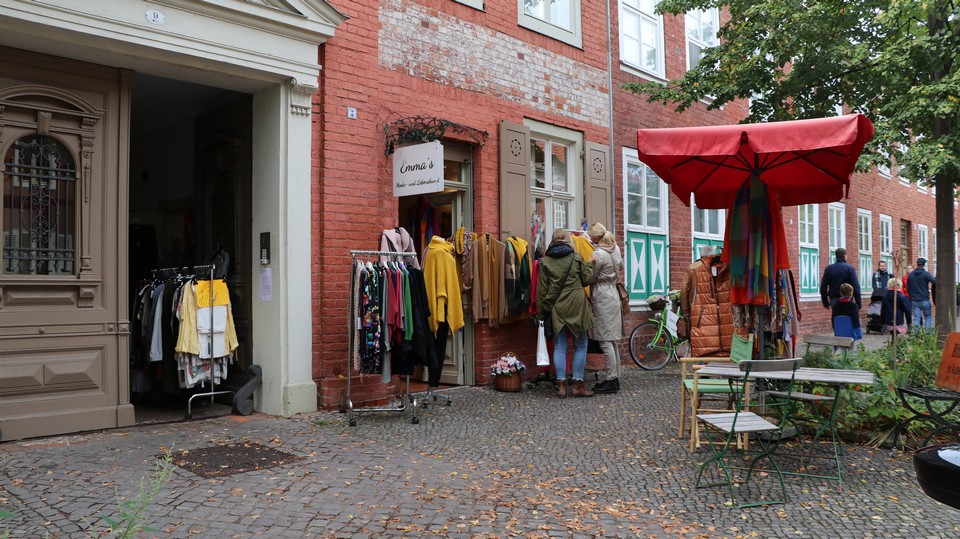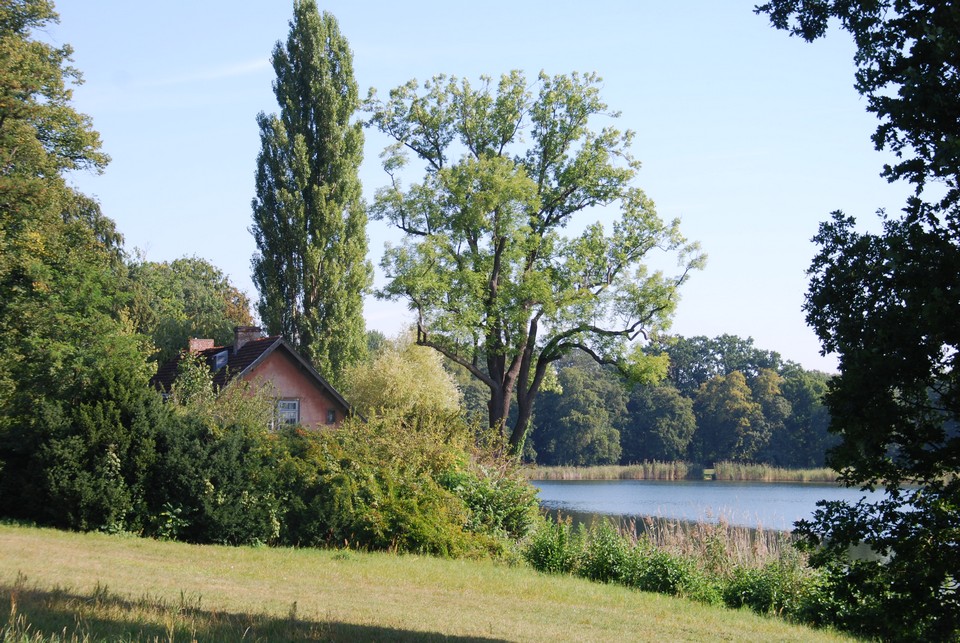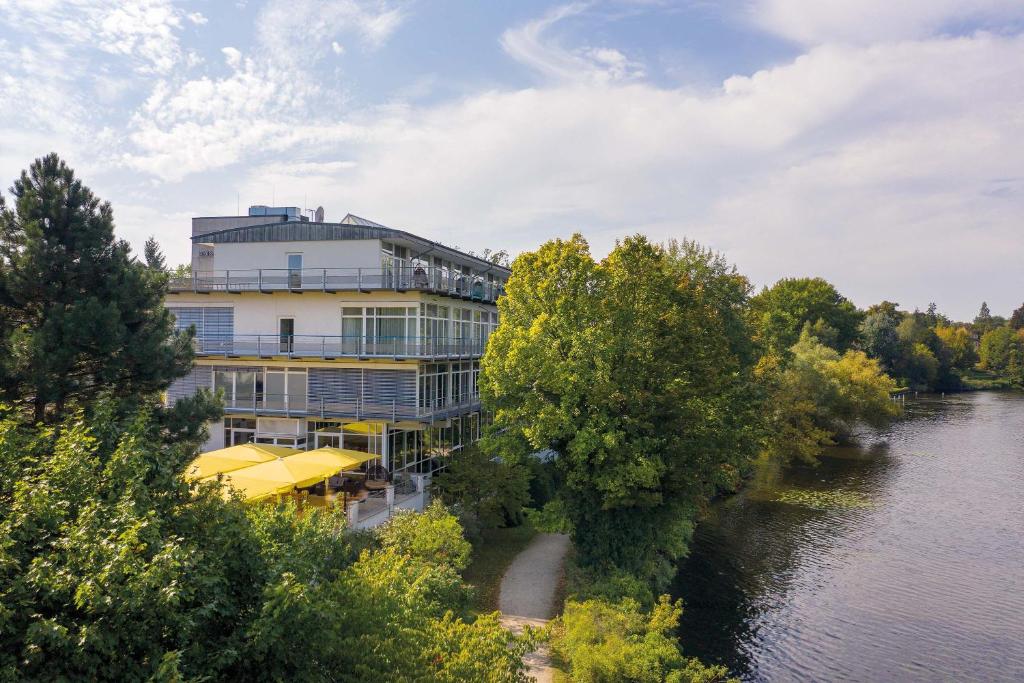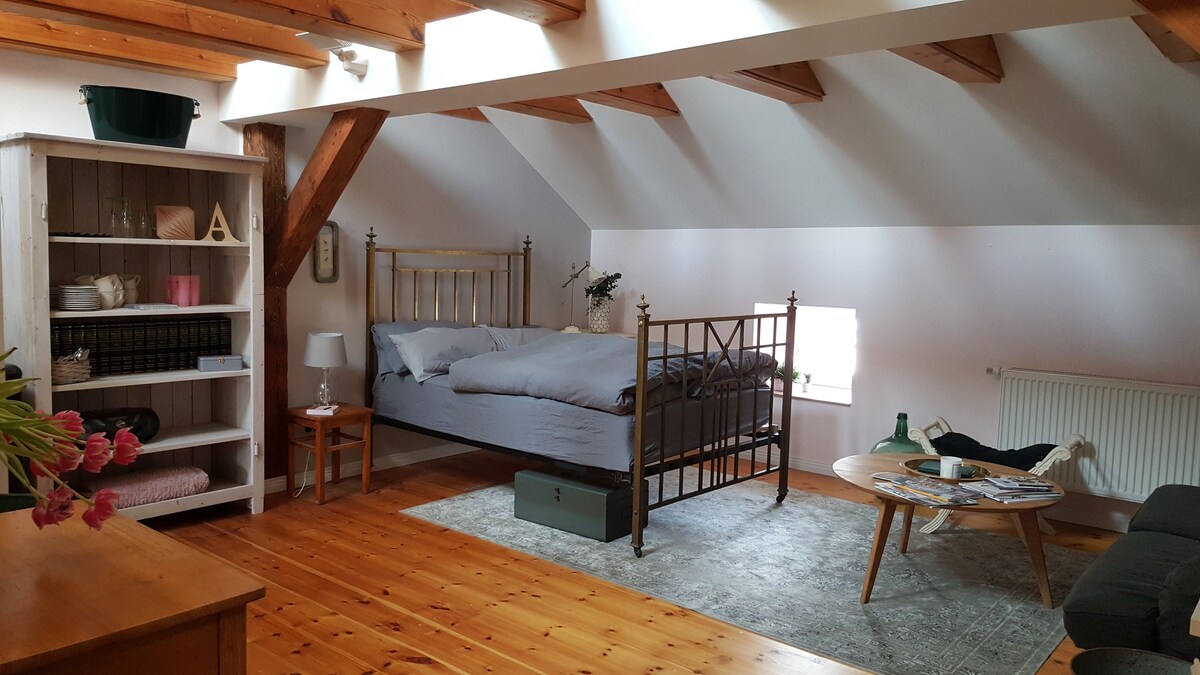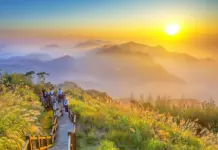Less than an hour traveling by train from Berlin is the city of Potsdam, one of the best day trip destinations from Berlin, a tourist paradise for those looking to escape the hustle and bustle of Berlin and an ideal place to stop for those who love to explore history, quaint architectures, a peaceful atmosphere, grand gardens and magnificent palaces and churches. Potsdam is one of the most richest cities in terms of history of Germany. So, is Potsdam worth visiting, what to do and how to plan a perfect budget trip to Potsdam for the first-time? Let’s check out our Potsdam blog with the fullest Potsdam travel guide (Potsdam guide, Potsdam tourist guide) from how to get there, best time to come, where to stay, best places to visit and top things to do to find out the answer!
- 10 must try experiences & unique things to do in Germany You Should have
- The ULTIMATE Germany Travel Guide: Top Attractions, Transport, Eat, Stay, Tips & MORE
- Germany itinerary 7 days: 7-Day Germany Travel Itinerary to Explore from North to South
- Munich blog: The ultimate Munich travel guide for all kinds of visitors
- 15+ top attractions & best places to visit in Munich
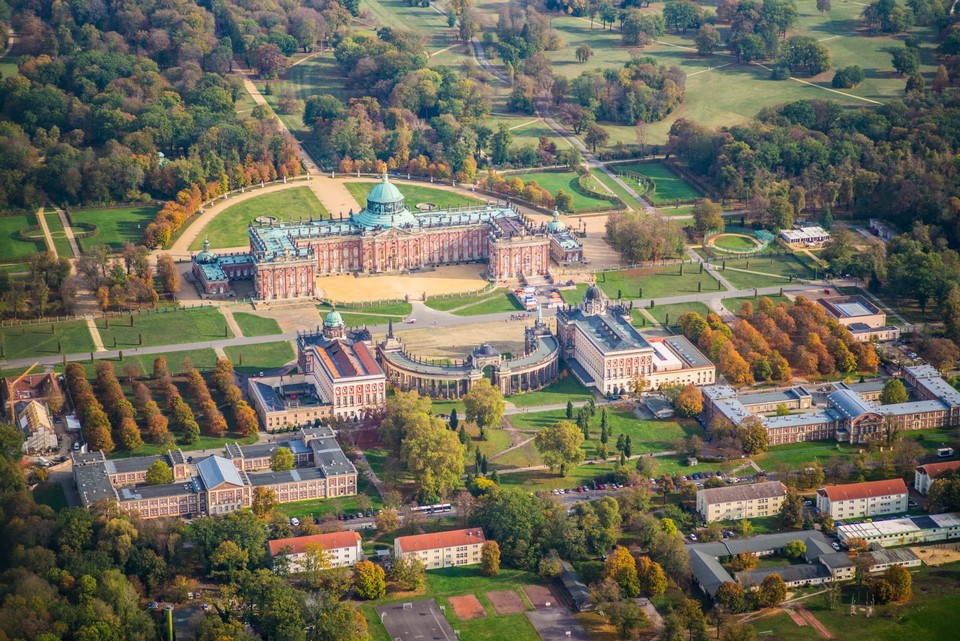
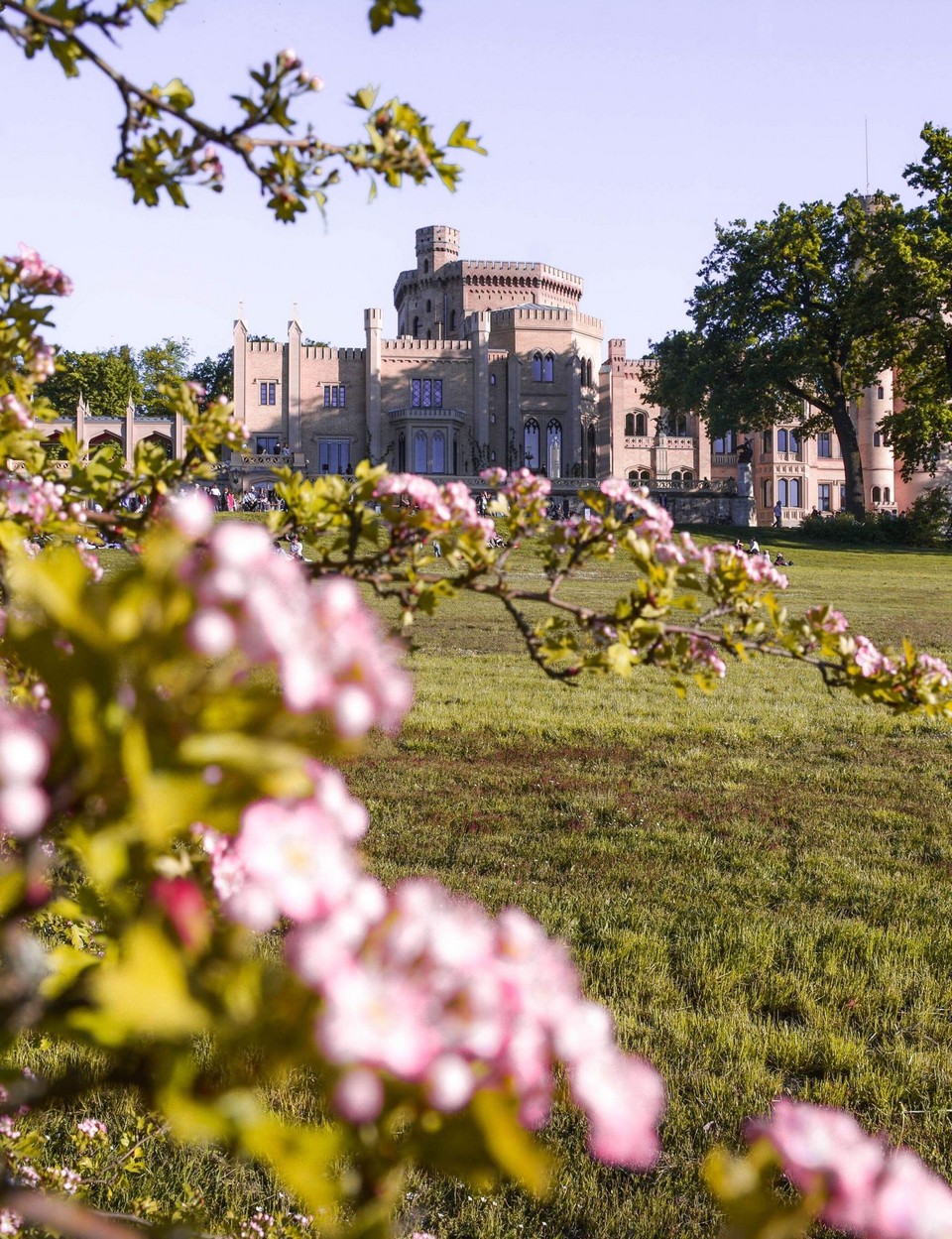

Potsdam blog: Overview of Postdam

Potsdam is the capital of the state of Brandenburg and is 35 km from Berlin. This city was known as the ancient capital of the Kingdom of Prussia (1701-1918) with many famous, stunning palaces. The city has been recognized as a UNESCO World Heritage Site in Dec, 1990 and has officially became the largest recognized complex in Germany.
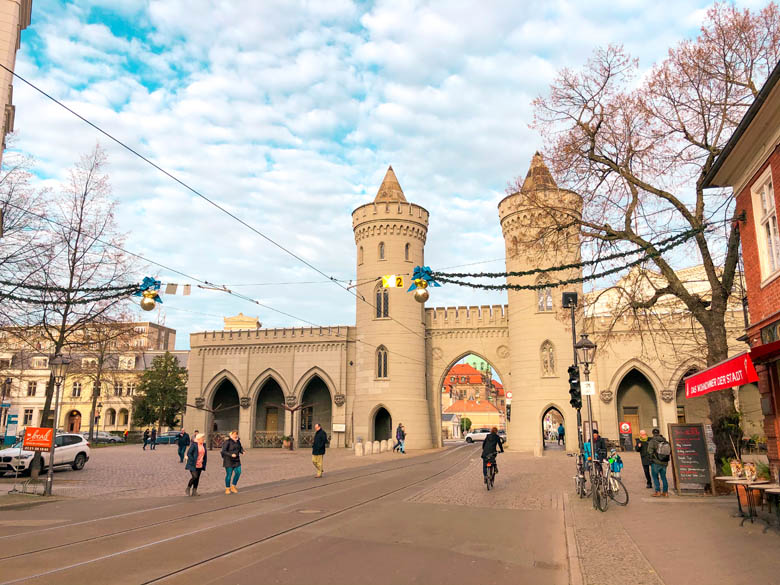
Potsdam is dubbed the Hollywood of Germany, the neighbor of Berlin, has the largest number of palaces in Germany. Multinational influences from France, Switzerland, the Netherlands and many other countries have strongly influenced the lifestyle, culture and architecture of this city. In addition, the unique architecture and landscape of Potsdam, which has long been chosen by kings as their residential place, is also chosen by filmmakers as an ideal filming location. A series of famous movie works were filmed in Potsdam such as: The Blue Angel (Der blaue Engel), The Pianist (Der Pianist), Around the World in Eighty Days (Reise um die Erde in 80 Tagen), Inglourious Basterds…
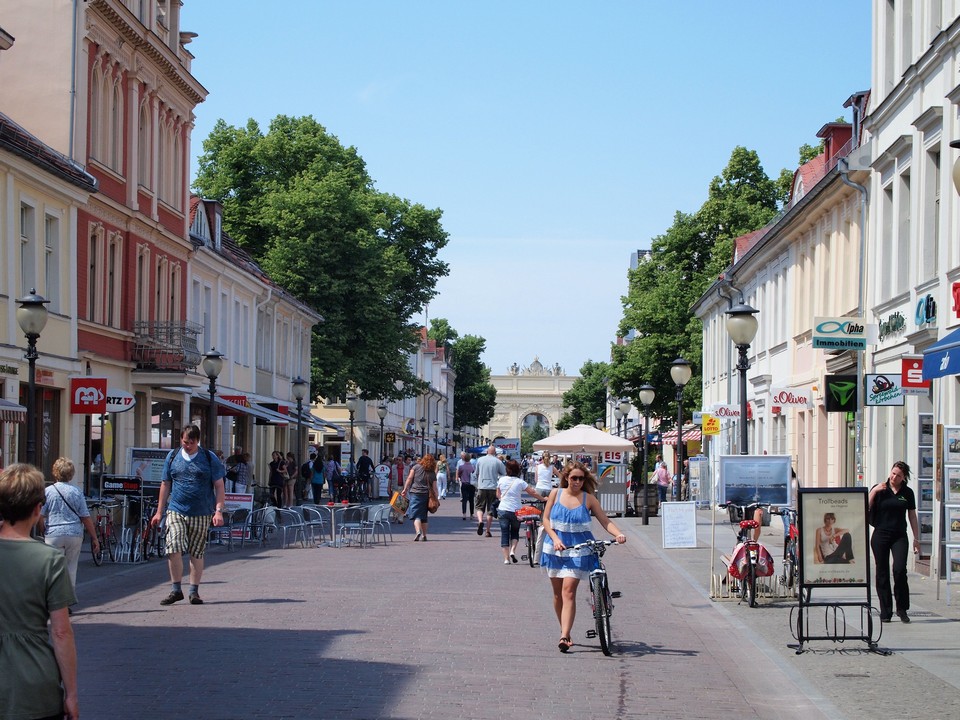
Potsdam blog: When to come?
Potsdam owns the oceanic climate prevailing with chilly winters and warm summers. The rainiest months fall in months of Nov, Dec and Jun. The average temperatures ranging from 3 Celsius degrees (Jan) to 24 Celsius degrees (Jul).
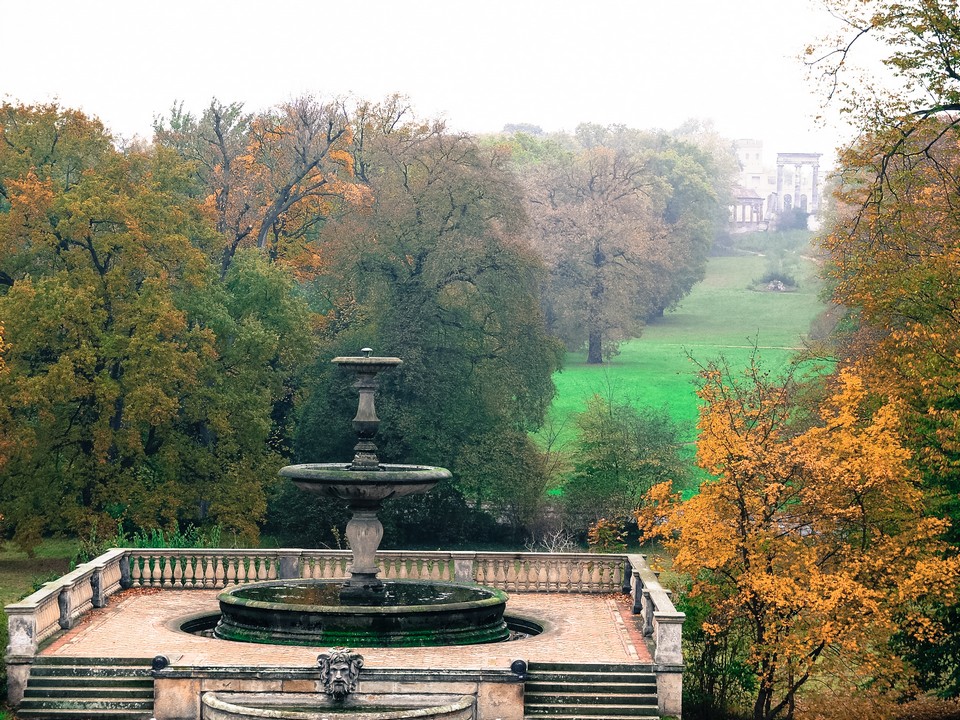
The best time to travel to Potsdam is from July to September with pleasant temperature (maximum of 25 Celsius degrees in July) and limited rainfall and during spring season (March through May) with pleasant weather and cherry blossoms bloom everywhere. However, winter is also a good time to come if you love snow and the atmosphere of Christmas markets while autumn is gentle, charm and calm.
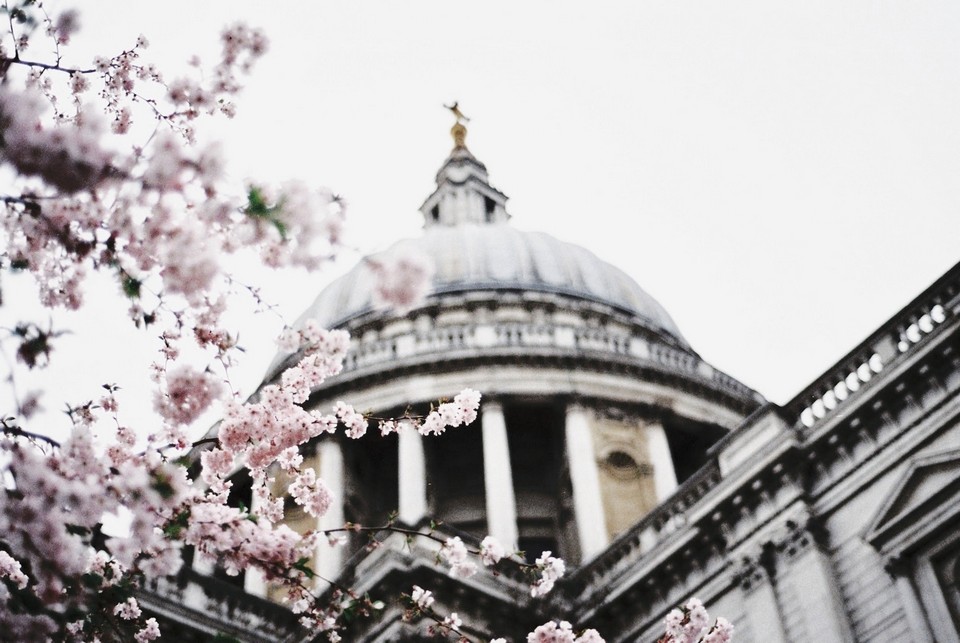
Potsdam travel guide: How to get to Potsdam from Berlin?
There 2 ways to travel to Potsdam, one by S-bahn (skytrain) S7 or the other by RE1 (DB train) as describe in the table below.
| S7 | RE1 | |
|---|---|---|
| Traveling time | 40-50 minutes | 25-30 minutes |
| Frequency | Every 5-10 minutes/trip | Every 30 minutes/trip |
| Stations in Potsdam | Potsdam Hbf Potsdam Griebnitzsee Potsdam-Babelsberg | Potsdam Hbf Potsdam Charlottenhof Potsdam Park Sanssouci |
Tickets
You should buy Berlin Zone ABC ticket to be able to travel comfortably in the center of Berlin and the city of Potsdam. Because Potsdam is located in Zone C, so buying this type of ticket is more convenient than buying a single ticket to travel from Berlin to Potsdam. I highly recommend to buy a day pass (day ticket) of EUR 7.7 because a single ticket costs EUR 3.4/way. With a day pass, you can go all buses/trams in Potsdam for free! For more information about transportation and train tickets in Berlin, please refer to my previous post here.
Depending on where you stay in Berlin to choose to take S-bahn or DB train for your convenience. However, I recommend (for convenience and save time):
- If travel by RE1: Get off at Potsdam-Park Sanssouci station (don’t get off at Potsdam Hauptbahnhof because you have to take a bus ride to Sanssouci park).
- If travel by S7: Get off at Potsdam-Babelsberg station, walk about 2 minutes to Rathaus Babelsberg station, take bus 616 to visit the first Babelsberg Palace (vice versa the route above).
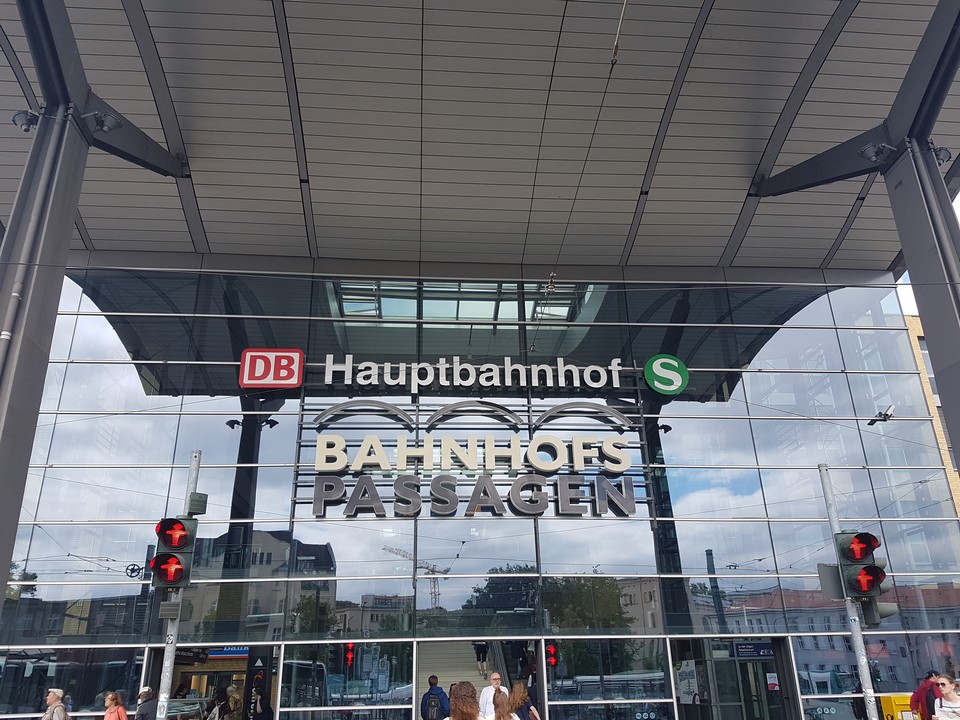
Potsdam tourist guide: Getting around Potsdam
You can also use the Berlin Zone ABC ticket above to take means of transport in Potsdam. The famous tourist attractions of Potsdam can be reach by bus easily.
Hop-on Hop-Off: €17. If you have a Welcome Card, it will be reduced to €12.5/person. The time I went in July was too hot, so I was afraid to find the way. So I bought hop-on hop-off sightseeing bus tour for convenience. The ticket counter is right at the entrance of the shopping mall where you will get off the train.
Potsdam blog: What to do and where to go?
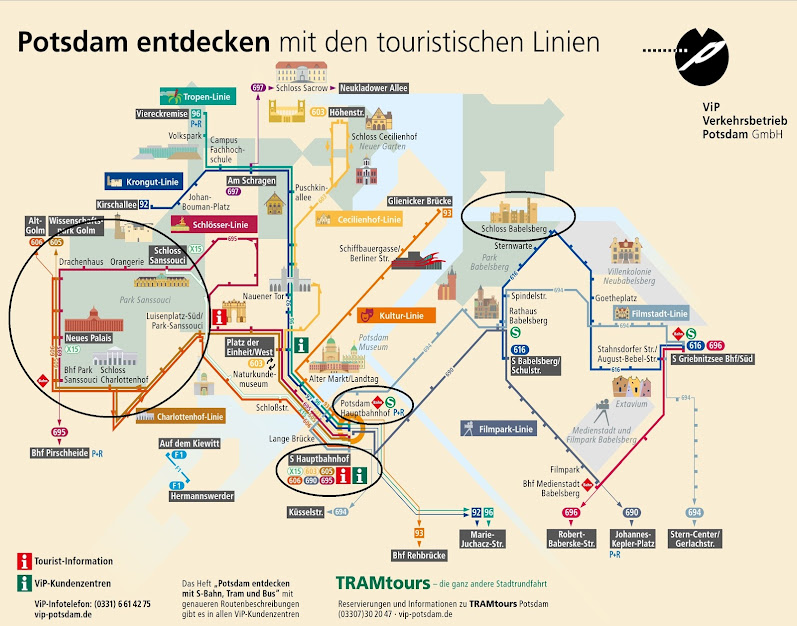
The west
- Sanssouci Park: Including the entire part in the leftmost circle in the diagram above which is extremely large with a number of castles, palaces, churches, structures and gardens scattered.
- Sanssouci Palace (Schloss Sanssouci): The palace of the Prussian Royal Family. This is probably the most famous palace in Potsdam (though it’s not the biggest).
- New Palace (Neues Palais): The largest and second famous palace in Potsdam. It is also the largest Baroque Prussian palace.
- Charlottenhof Palace (Schloss Charlottenhof).
- Orangery Palace (Orangerieschloss): A palace for guests from other royal families stay when they visit Potsdam.
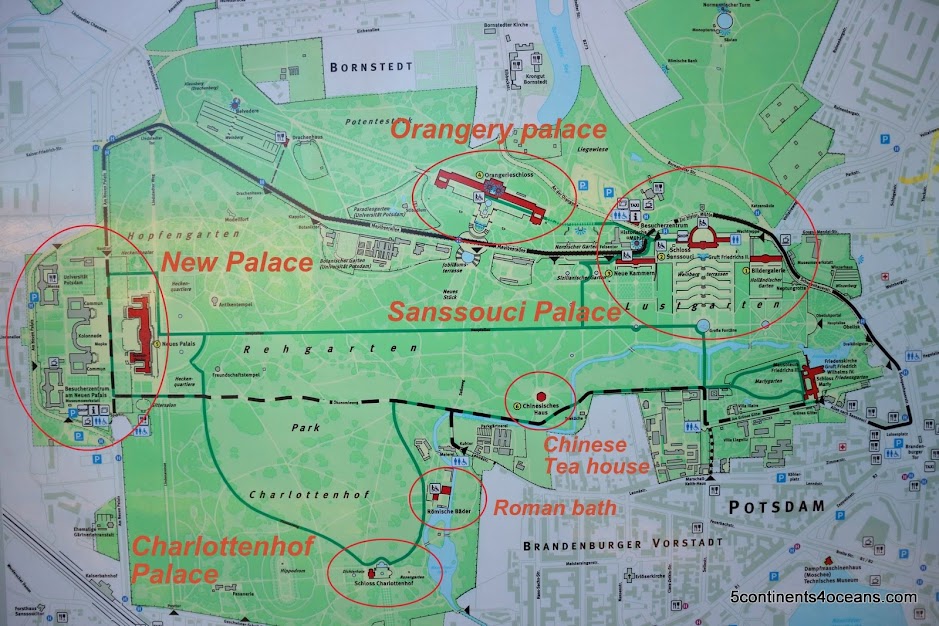
The center
- Old Market Square (Alter Markt): This old square is located in the center of Potsdam.
- Dutch Quarter (Holländisches Viertel): Including 150 old Dutch-style houses.
The north
Cecilienhof Palace (Schloss Cecilienhof): For those who love history, this is the site of the Potsdam Conference in 1945 when the three great powers of Britain, the United States, and the Soviet Union discussed the fate of Germany after World War II.
The east
Babelsberg Palace (Schloss Babelsberg): Located on the Eastern part of the city (rightmost circle in the diagram above).
Suggested Potsdam itinerary 1 day
With only one day, I chose to visit the Eastern and Western areas of the city, skipping the central area (with 2 years living in the Netherlands, the “Dutch Old Quarter in Germany” is not attractive at all ^^!) and the northern area. To explore all the remaining places, the itinerary will be arranged as the picture below.

Sanssouci Park
Built as a royal garden around the Sanssouci palace at the request of Frederick the Great of the Kingdom of Prussia, it is now a complex of parks – botanical gardens – chapels – large palaces. Besides the architectural works, you will have the opportunity to visit the large flower gardens with the lake and many sculptures placed all over the ground.
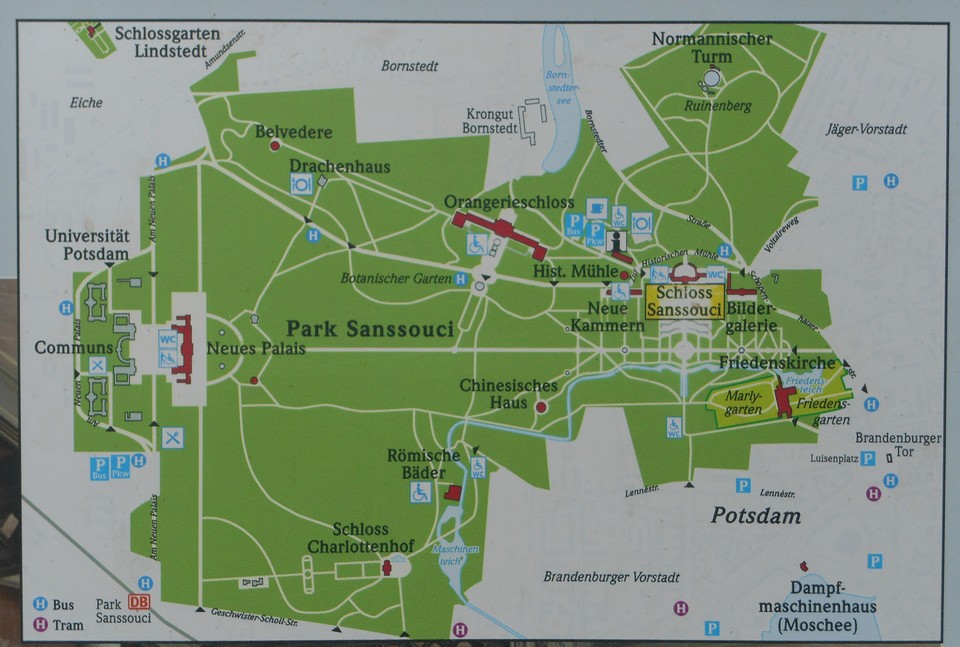
Sanssouci Park is now a UNESCO World Heritage Site, and you can visit it for free.
With seemingly endless roads but absolutely no vehicles, well-groomed hundreds of years old forests, ancient architectural works scattered all over the roads, Sanssouci Park is a Great destination for a day of outdoor activities, such as picnic, sports, travel, dating…
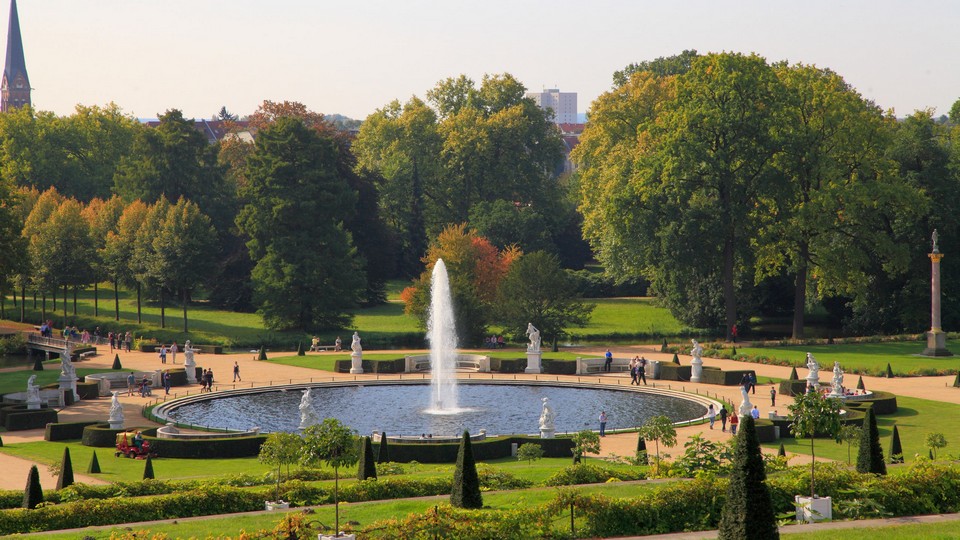
The fastest way to get to Sanssouci Park – Potsdam’s most popular tourist complex – is to take bus 695 from Potsdam Hbf Station. About 20 minutes by bus, then walking to come.
Sanssouci Palace
Referring to the city of Potsdam, the place cannot help but to mention is Sanssouci Palace – the summer palace of Frederick the Great II – King of Prussia, the Potsdam’s most famous attraction which was built in the architectural style of the 18th century and also one of the most visited places in Europe with more than 2 million visitors per year. The Palace of Sanssouci is often compared to the palace of Versailles in France with more than 200 large and small rooms, four ballrooms and a theater in Rococo style. Along with more than 400 statues from the ancient world of gods used to decorate the facades and railings, roofs.
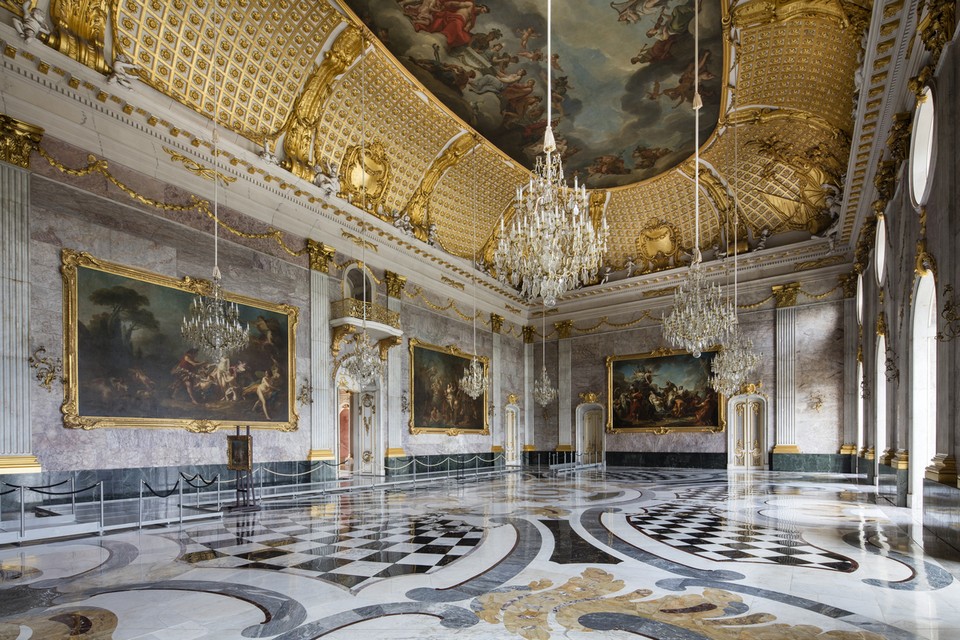
This magnificent palace was built at the request of King Frederick the Great where he could rest and relax away from all the worries of court meetings in Berlin. The name of this palace is derived from a French word of “Sans Souci” which translates to “no worry”, “carefree” or “without worry” — is a resting place, relaxing, not involved in political affairs. The palace was built on top of a terraced hill in the center of the park of the same name.
Sanssouci Palace is located opposite a beautiful terraced garden. During the 19th century, this was the residence of King Frederick William IV of Prussia, although Germany was severely damaged after World War II, the Sanssouci Palace remained almost intact, it shows a prosperous period of Germany in 18th century and the great talent of the architect Von Knobelsdorff. It is no coincidence that the palace of Sanssouci is considered the most formidable “rival” of the famous French palace of Versailles.
Address: Maulbeerallee, 14469 Potsdam, Germany
Hours: 9AM–5:30PM/Monday: Closed
The Church of Peace (Friedenskirche)
At the eastern end of Sanssouci Park is the Friedenskirche church (Church of Peace) built in accordance with the wishes of King Frederick William IV, this Protestant church completed in 1854, in medieval Italian style.
Address: Am Grünen Gitter 3, 14469 Potsdam, Germany
Hours: Saturday: 11AM–4PM/Sunday: 11:30AM–4PM
Sanssouci Picture Gallery
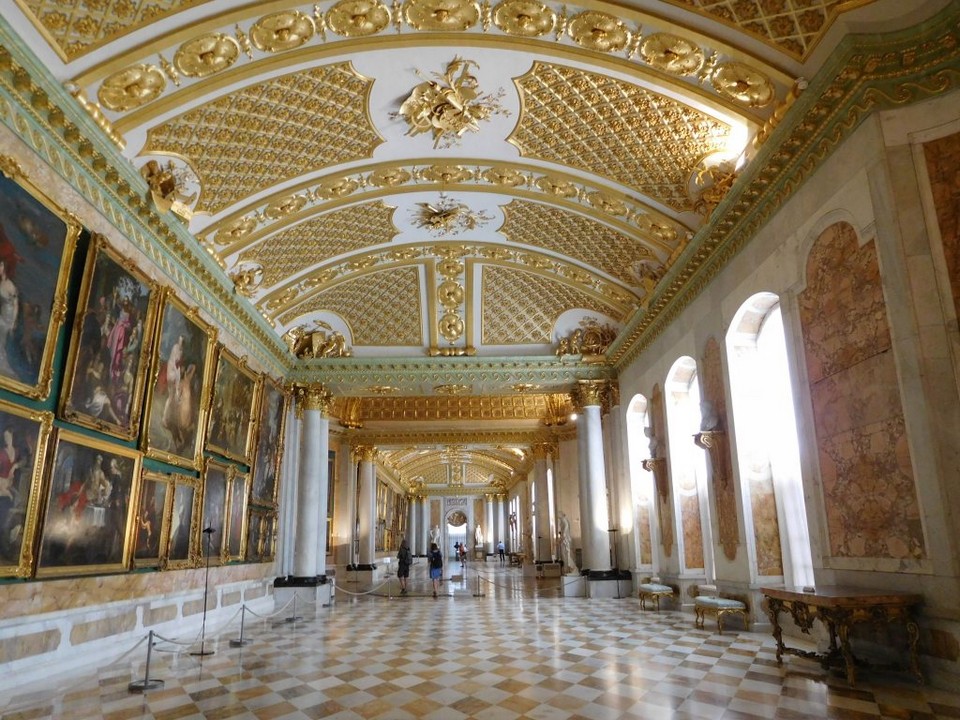
King Frederick II of Prussia was a man with a passion for the arts. So he built this art gallery. Having existed since 1764, it is now the oldest private picture gallery of a German ruler.
A 3-min walk from Sanssouci Palace
Address: Im Park Sanssouci 4, 14469 Potsdam, Germany
Hours: 10AM–5:30PM/Monday: Closed
Chinese House and Roman Bath
On the walk from Sanssouci Palace to Charlottenhof Palace, you will pass these 2 places. These two works are small, so it only takes about 10 minutes to visit them.
Chinese House is a small pavilion built by King Frederick the Great to decorate his fruit garden. It is called “Chinese House” because it has a very Chinese “chinoiserie” architecture.
Address: Am Grünen Gitter, 14469 Potsdam, Germany
New Palace (Neues Palais)
It is the most magnificent architecture of Sanssouci Park, located at the western end of the park. Neues Palais was built between 1763-1969 with stand out of red brick walls and a large bronze dome. The interior of the palace is splendid decorated, especially in the Marble Hall, Upper and Lower State Apartments, Marble Gallery and Theatre. The palace has valuable furniture, paintings, porcelain and works of art.
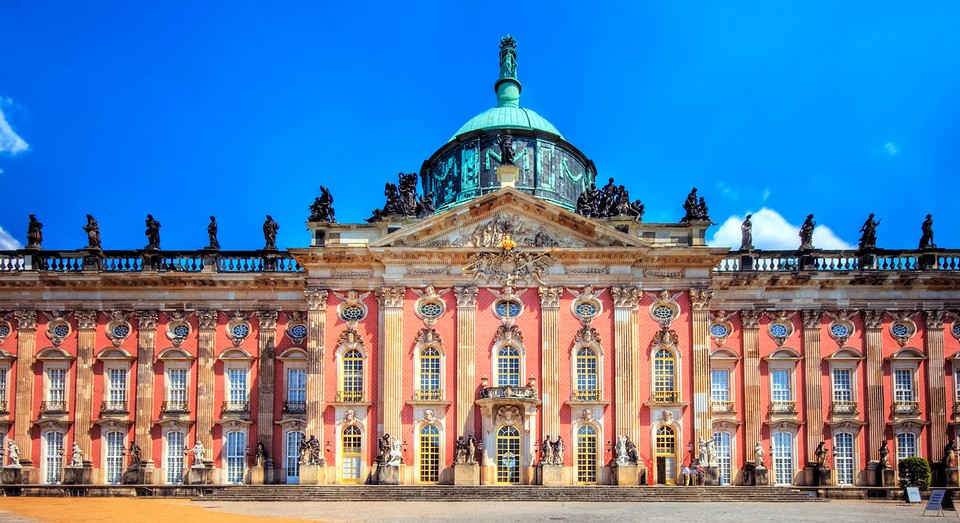
The construction started in 1763 and completed in 1769, after the 7-year war, the New Palace is considered the largest Prussian baroque structure ever built. Some of buildings of this palace are also used by the University of Potsdam as its campus, the school is very beautiful.
Address: Am Neuen Palais, 14469 Potsdam, Germany
Hours: 10AM–5:30PM/Tuesday: Closed
Charlottenhof Palace
The Neoclassical architecture palace is neither big nor flashy, but it has a corridor covered with grape vines. When autumn comes you will see the red and green grape leaves covering the corridor and full of fruit.
Address: Geschwister-Scholl-Straße 34A, 14471 Potsdam, Germany
Babelsberg Palace
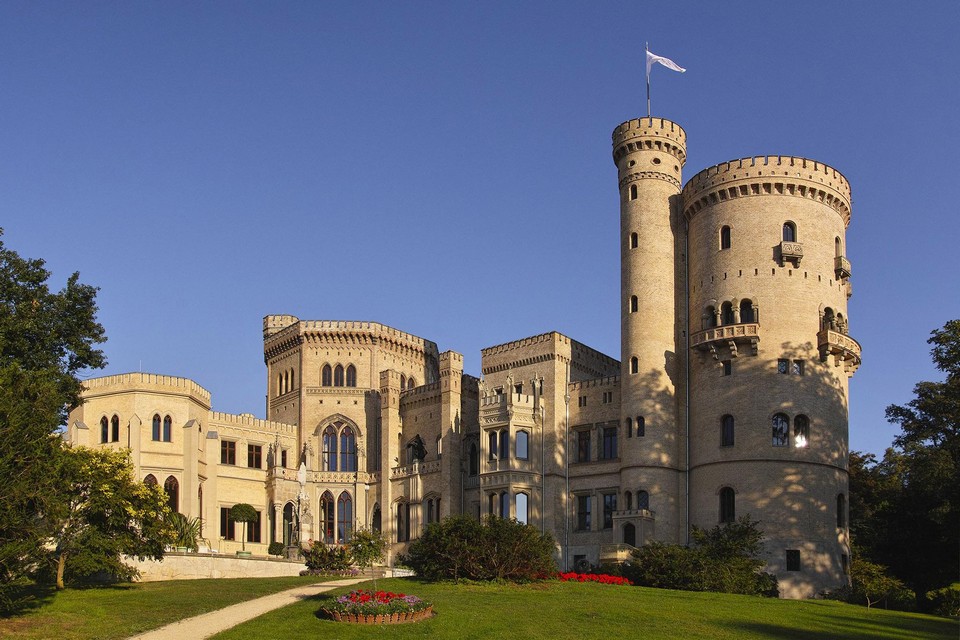
This palace has a direct view of Lake Glienicker and the bridge of the same name. Not too famous, located quite far away from center, having to change buses many times, so it’s very deserted. In return, it’s a beautiful palace, beautiful view and peaceful, I like this beauty.
Located in the Babelsberg forest, Babelsberg Palace was the summer palace of Wilhelm I, the first emperor of the German Empire for almost 50 years. The palace was built in the English Middle Ages style from 1835-1849, a style that also influenced a number of other palace such as Kittendorf Palace in Mecklenburg. The palace once witnessed an important historical event when Emperor Wilhelm I appointed Otto von Bismack as chancellor, who then brought Germany into the ranks of the great powers in Europe.
Address: Park Babelsberg 10, 14482 Potsdam, Germany
Opened: 1849
Orangery Palace
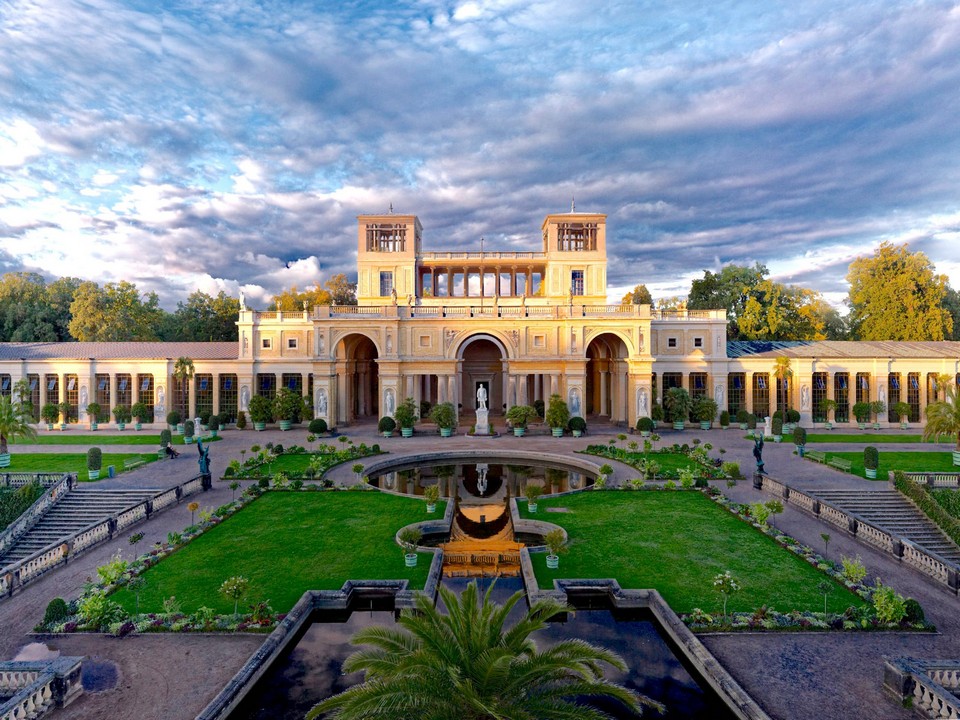
Actually, it is not very beautiful, but the walking path from this palace to Sanssouci passes through many beautiful gardens (especially in autumn).
Address: An der Orangerie 3-5, 14469 Potsdam, Germany
Architectural style: Renaissance Revival architecture
Opened: 1864
Marmorpalais (or Marble Palace)
Once the palace of the Prussian royal family until the early 20th century, the Marmorpalais was built by King Frederick Wilhelm II shortly after he succeeded King Frederick the Great. The palace was originally built of red brick, in neoclassical style, with a garden and river view. However, the palace was later named after the white or gray marble from Silesia that was used to support its pillars and decorative motifs.
The palace was given by the king to his mistress, Countess Lichtenau, and she was a direct influence on the interior design process for the palace. After World War II, the East German government used the palace as a military museum. Currently, the palace serves as a cultural and historical museum managed by the Prussian Palaces and Gardens Foundation Berlin-Brandenburg.
Address: Im Neuen Garten 10, 14469 Potsdam, Germany
Opened: 1791
The Alte Rathaus (“Old Town Hall”)
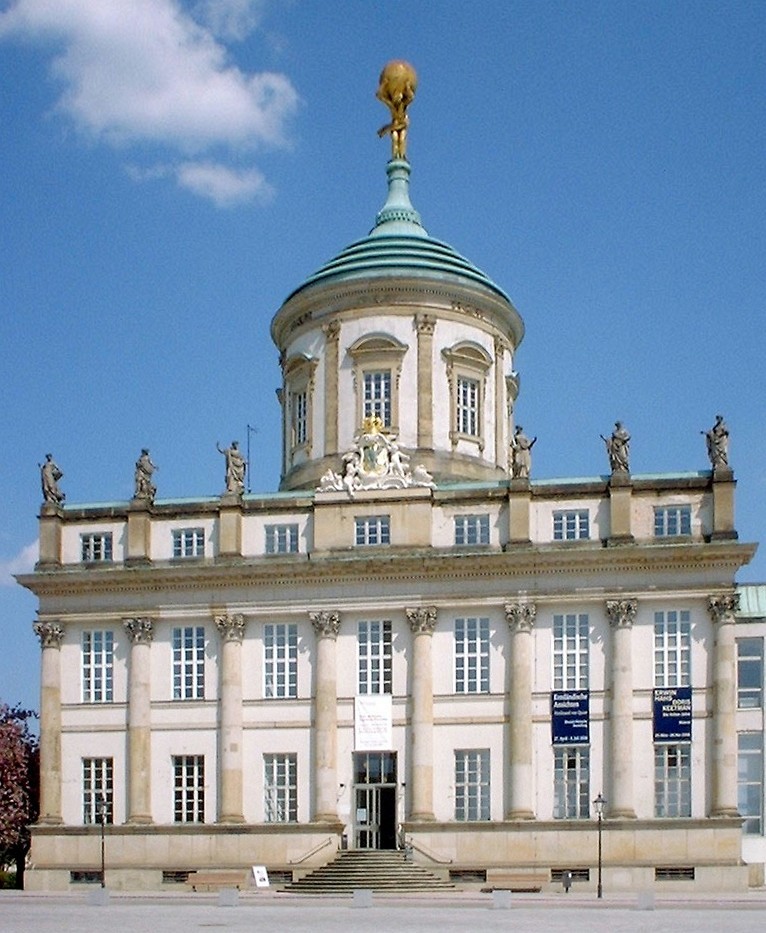
Located in Alter Markt square, a splendid Baroque-style marble building built in 1753, featuring Corinthian stone columns. Extensively rebuilt after World War II, the building is used for exhibitions and concerts and houses the Potsdam Museum with its beautiful collections relating to local art, culture and history.
Address: Am Alten Markt 9, 14467 Potsdam, Germany
Hours: 12–6PM/Monday: Closed
Babelsberg District
The Babelsberg district is Potsdam’s largest neighborhood, famous in the early days of cinema as the home of the UFA film company. Originally developed around Nowawes, an old quarter of spinners and weavers, the district’s heritage can still be discovered near the church of Weberplatz, a modest building built in 1753. Other highlights of this interesting area include Babelsberg Park, the third largest in Potsdam, established in 1832 and expanded from 1843 and Schloss Babelsberg, an Anglo-Gothic palace built in built in 1834.
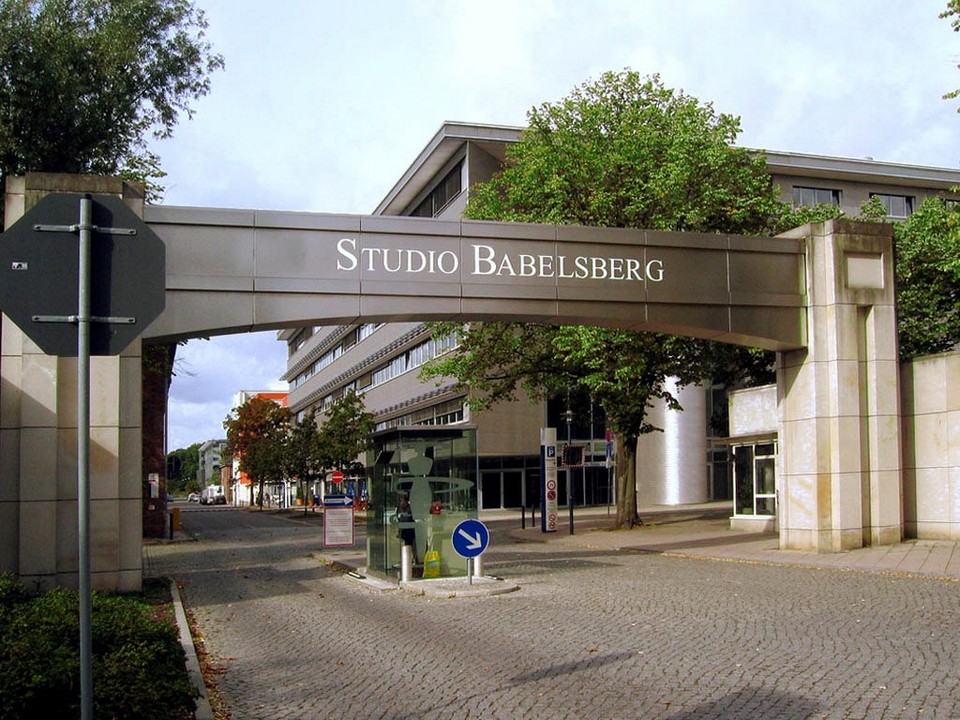
Dutch Quarter (Holländisches Viertel)
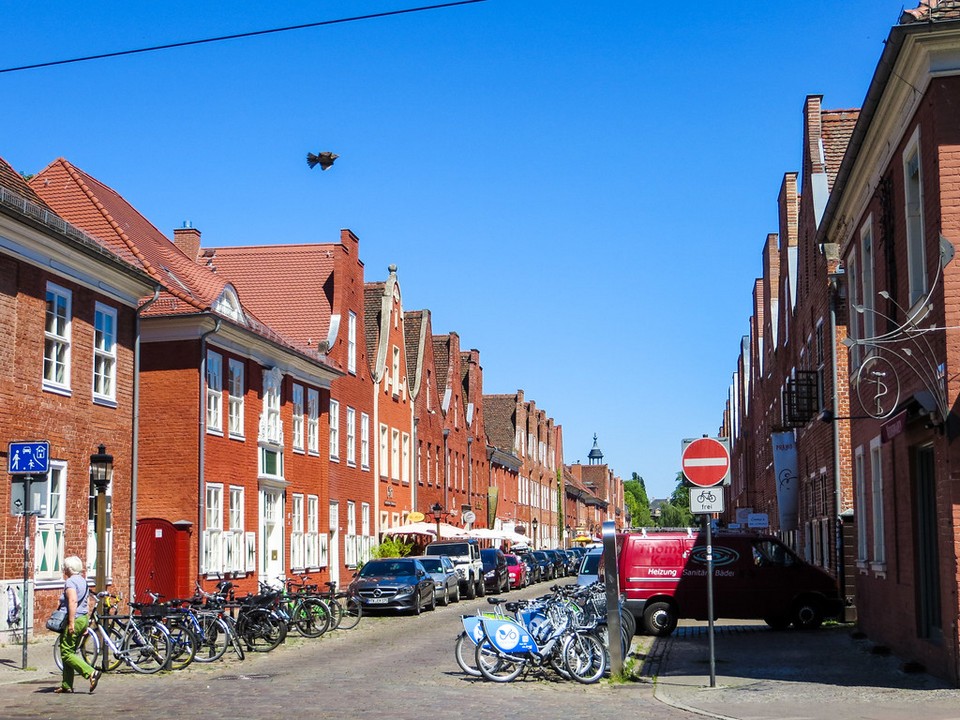
Holländisches Viertel is home to the largest Dutch community abroad. The neighborhood was built between 1737 and 1742 by Dutch craftsmen, headed by Johann Boumann. The neighborhood is housed in 4 blocks, including 134 houses built with typical Dutch red brick and shuttered windows, gables, white borders.
Holländisches Viertel is popular with both locals and tourists for its small shops, cafes and typical Dutch restaurants. In the neighborhood there is also a small house that is used as a museum about Johann Boumann and Dutch culture. Strolling here, easily leads to the Brandenburger Strasse pedestrian area with houses built between 1733-1939 for the mobilization of the army.
New Garden (Neuer Garten)
The New Garden is located on the banks of the Heiliger See (Holy Lake) and covers an area of 253 acres. The stunning landscape is in the poetic style of the late 18th century and established in 1789, it is meant to reflect the style of an English countryside.
Address: Am Neuen Garten, 14467 Potsdam, Germany
Hours: 8AM–8PM
St. Nicholas’ Church
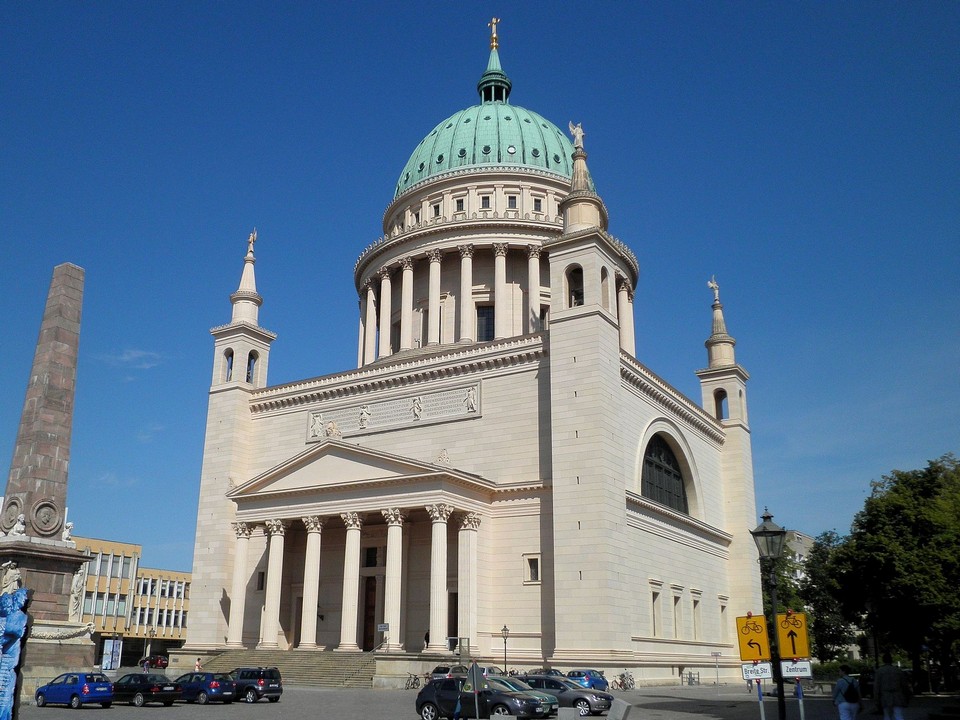
St. Nicholas’ Church is the most majestic church in Potsdam is a neoclassical style built between 1830-1837. The most striking feature of this impressive structure is the 77-meter-high domed main hall. In front of the church is a memorial built in 1753.
The church was heavily destroyed during the Second World War, and then rebuilt in 1981. Today, in addition to its religious function, the church is also open to visitors and hosts concerts.
Address: Am Alten Markt, 14467 Potsdam, Germany
Hours: 9:30AM–6:30PM
Filmmuseum Potsdam
This is Germany’s oldest film museum. Formerly, the museum used to be a Prussian royal horse farm, the building was built with the typical 17th century baroque architectural style. The museum is an interesting destination for visitors who love the Seventh Art, with a collection of the history of world cinema in general and German cinema in particular from the end of the 19th century to the present, in terms of techniques, ideas and originals of famous movies. The museum also displays images of the oldest film studio Babelsberg in German history.
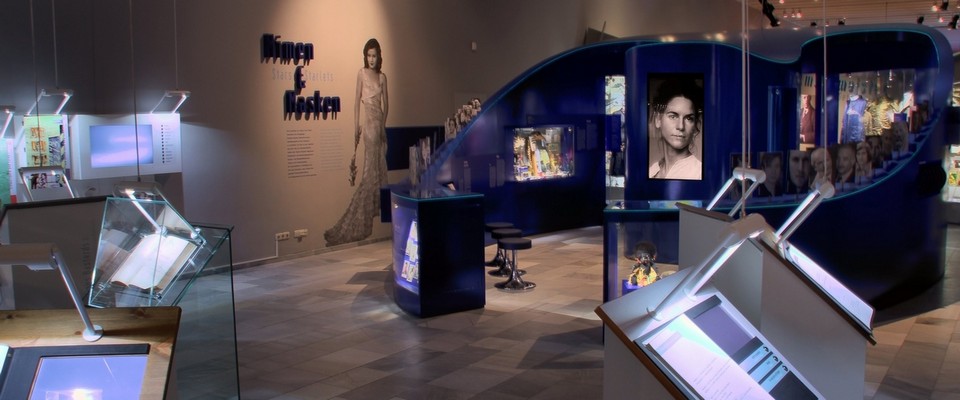
Address: Breite Str. 1A, 14467 Potsdam, Germany
Hours: 10AM–6PM/Monday: Closed
Opened: 1977
Russische Kolonie Alexandrowka
During the nineteenth century a number of Russian soldiers were part of a choir serving the entertainment needs of the Prussians living in the city. In 1826, Frederick William II ordered the construction of a new neighborhood for these people. It is because of this that “the Russian city” was named Alexandrowka.
In total twelve picturesque wooden houses were built here, you will visit the Russian Orthodox small church, now this place is added another building, Kirche Alexander-Newski
If you don’t have too much time, focus on the main places like:
- Sanssouci complex including palace, flower garden and New palace
- Dutch Quarter
- Downtown Luisenpatz
- Palace of Cecilienhof
You can refer to Klook’s half day tour for €17. The tour departs from Berlin and does not include entrance tickets or tickets from Berlin to Potsdam. A single ticket costs €3.4 if you do not have a Berlin Zone ABC card.
Potsdam blog: What to eat?
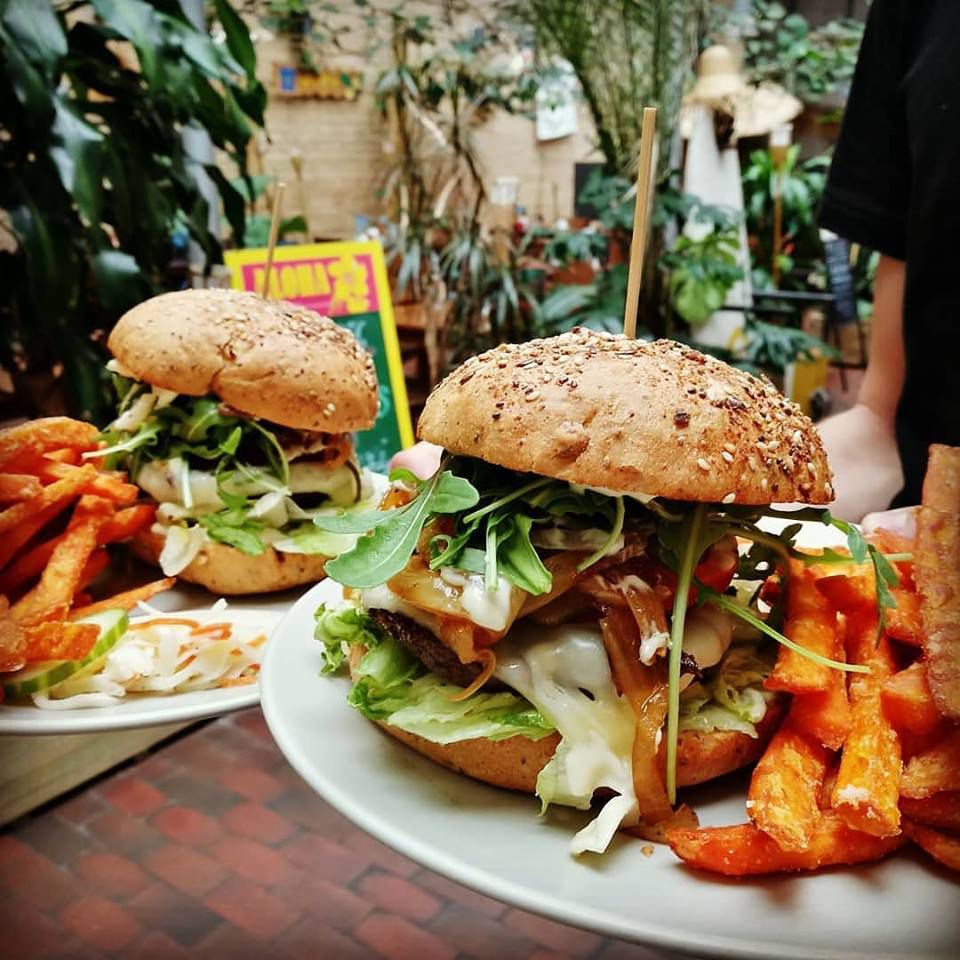
On the day I went, I ate at a Vietnamese restaurant in the shopping mall right next the station. In general, this area is quite large and has a variety of food stalls, restaurant, you can come here to try. If I remember correctly, there are 3 or 4 Vietnamese shops here. The price is also on par with Berlin about €7/meal.
Potsdam guide: Where to stay?
Below we recommend more best budget, mid-range and upscale hotels with good ratings and reviews you can refer to.
- NH Potsdam (Agoda.com or Booking.com)
- Dorint Sanssouci Berlin/Potsdam (Agoda.com or Booking.com)
- Seminaris Avendi Hotel Potsdam (Agoda.com or Booking.com)
- Hotel Brandenburger Tor Potsdam (Agoda.com or Booking.com)
Check-out more top hotels in Potsdam via Agoda or Booking.
In general, I find Potsdam quite beautiful. The atmosphere is peaceful and not too hustle and bustle like in Berlin. It feels very enjoyable to have a leisurely, gentle day walking around the city after a few days in the crowded capital :). If you are still wondering where to go when traveling to Berlin, then do more research on this place.
Some best day tours, trips, activities and transfer services, tickets in, from and to Potsdam you can refer to
- Potsdam Half Day Tour from Berlin
- Potsdam Day Tour from Berlin
- Potsdam Hop-On Hop-off City Sightseeing Bus Tour
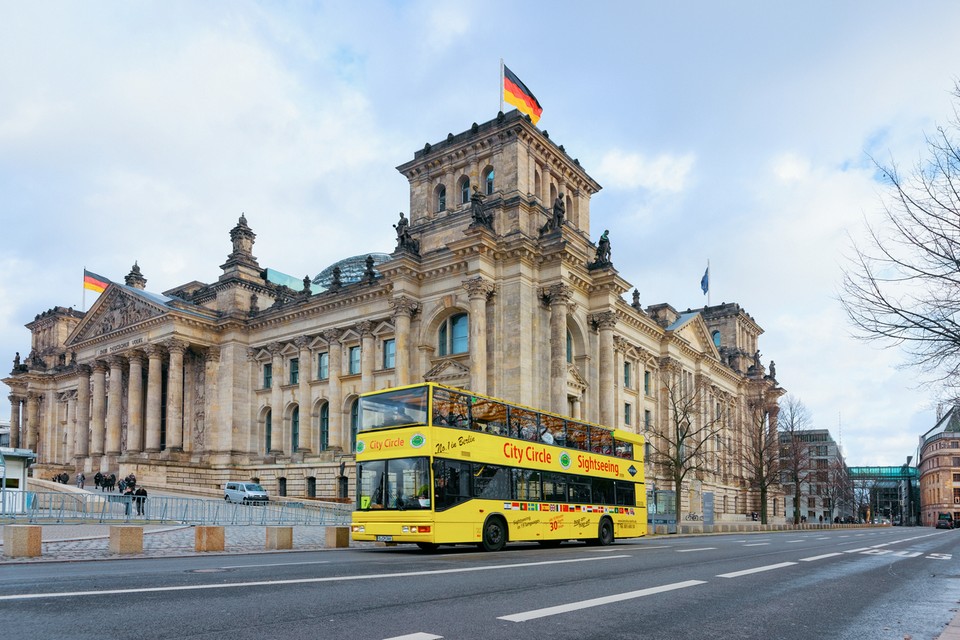
See more Berlin travel guide here and Germany guide here.































![10 best airports in Asia in 2016 [RANKED] kuala-lumpur-international-airport-best airports in asia in 2016 by skytrax ratings](https://livingnomads.com/wp-content/uploads/2016/08/29/kuala-lumpur-international-airport-best-airports-in-asia-in-2016-by-skytrax-ratings-218x150.jpg)








